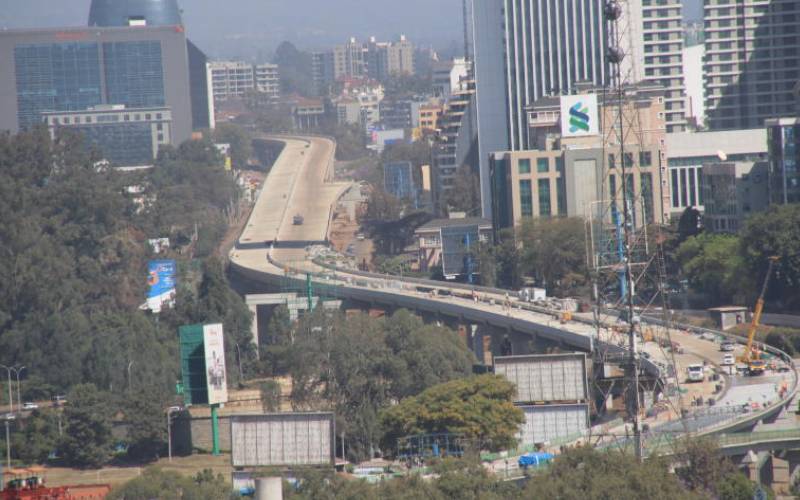×
The Standard e-Paper
Truth Without Fear

CRBC is expected to rake in a profit of Sh107 billion or an average of Sh3.9 billion per year. [David Gichuru]]
The Sh73.5 billion Nairobi Expressway is the litmus test for the public-private partnership (PPP) model for funding capital-intensive projects.